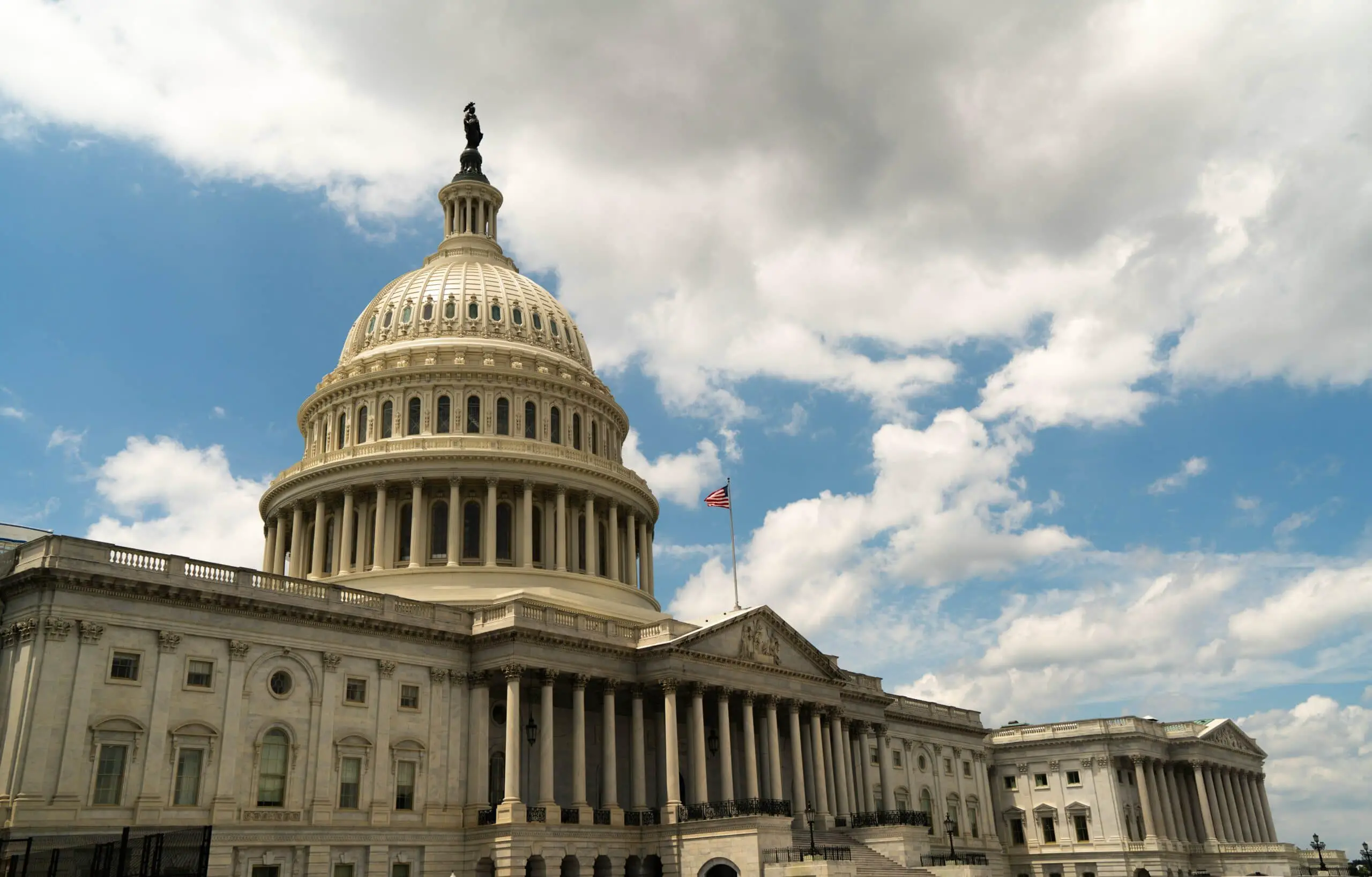Governments around the world have been known to step in and bail out banks and other businesses that are in trouble. This has been a controversial topic, with some people arguing that it is necessary to save jobs and prevent a collapse of the economy.
Others argue that government bailouts are nothing more than a waste of taxpayer money and that these businesses should be allowed to fail. In this blog post, we will take a look at the top 10 biggest government bailouts in history and explain why governments bail out these companies.
What companies did the US bailout?
The United States has bailed out a long list of companies. Most of them are in the financial industry but some outliers include General Motors and Chrysler.
Here are the top 10 biggest bailouts and the total disbursed for each:
10. Chrysler
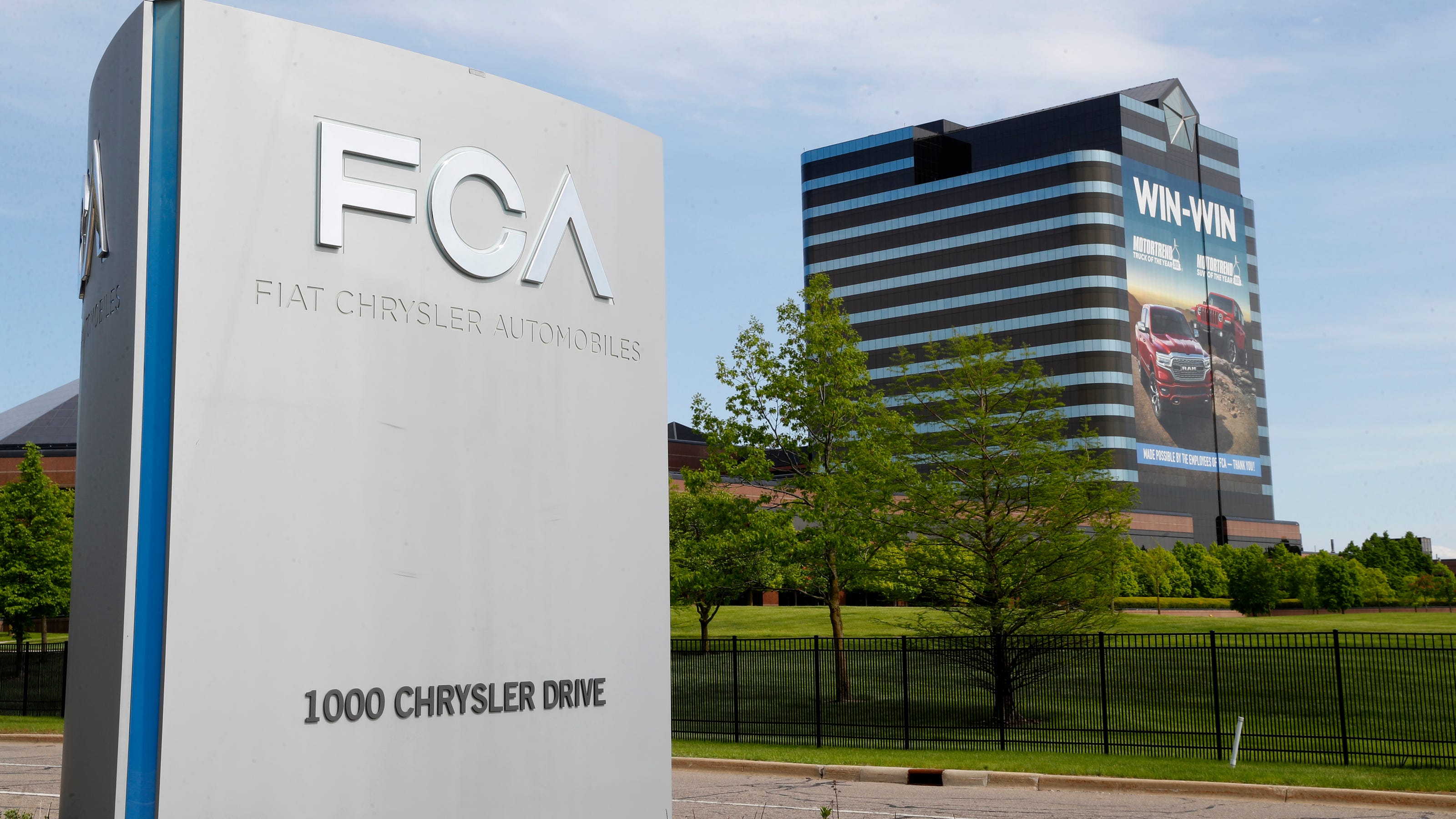
Chrysler is a well-known American automaker that was founded in 1925. The company has a long history of producing high-quality vehicles, and it continues to do so today. Chrysler is currently the fifth largest automaker in the United States.
The bailout occurred due to the company being close to bankruptcy. If the company were to go bankrupt, many jobs would be lost and it would have a ripple effect on the economy. In 1979, the government decided the best decision for the economy would be to bail out the business.
Total Bailout: $10,748,284,222
9. GMAC (now Ally Financial)
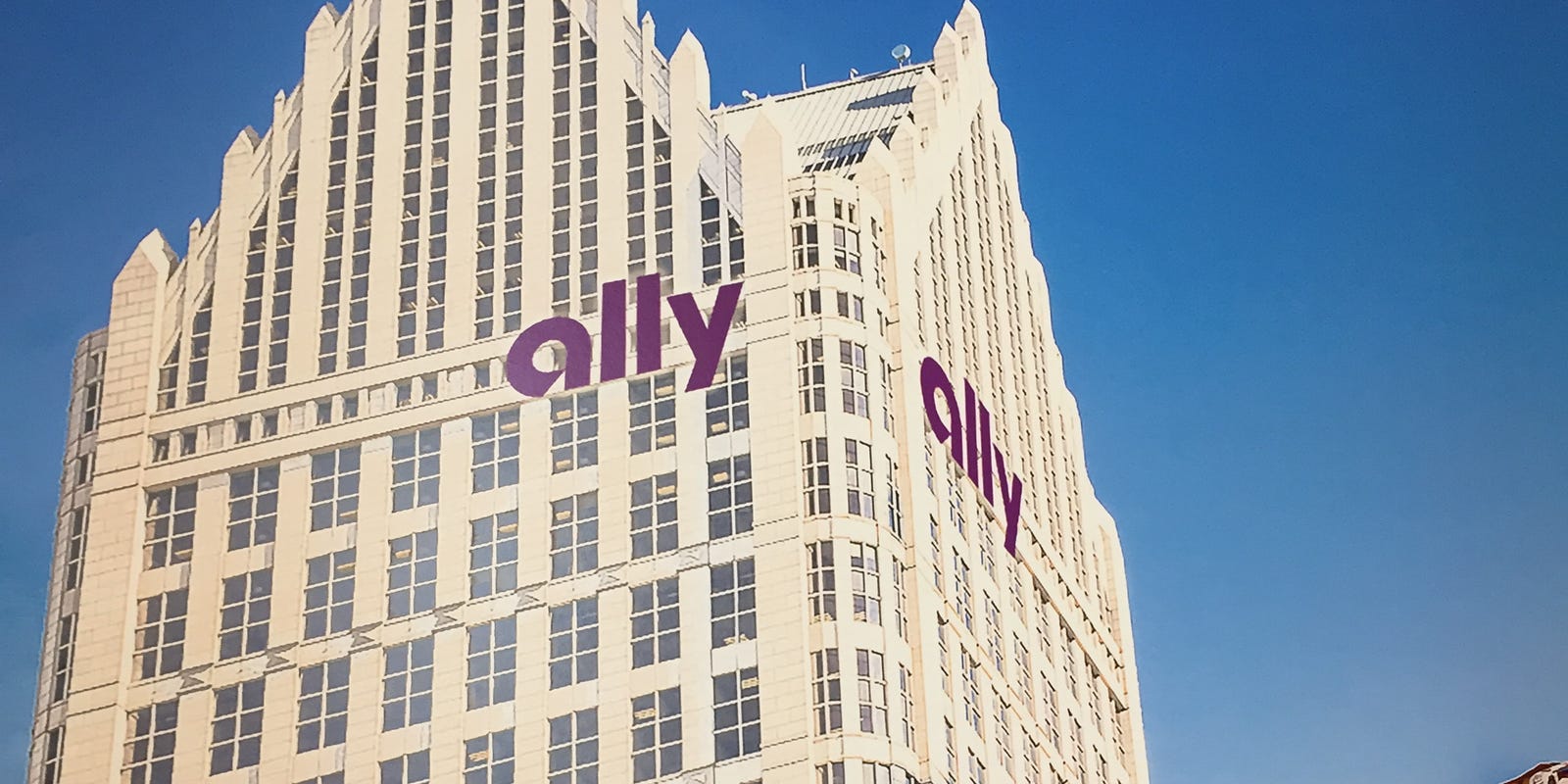
GMAC is a bank holding company that offers auto finance, mortgage loans, and banking services. Before its name change, the business was a financial partner to General Motors. They were also involved in the subprime mortgage crisis.
Similar to Chrysler, a bankruptcy would have a ripple effect on the economy and cost many people their jobs. In 2008, the US government stepped in and provided a bailout of nearly $17.0 billion.
Total Bailout: $16,290,000,000
8. JPMorgan Chase

JPMorgan Chase is an American multinational investment bank and financial services company headquartered in New York City. JPMorgan Chase remains the largest bank in the United States and has operations in more than 60 countries.
One of the most famous recipients of bailouts after the mortgage-backed securities failure was JPMorgan Chase. As a big bank, they were bailed out because of their importance to the economy. The government provided them with the relief they needed to prevent further damage.
Total Bailout: $25,000,000,000
7. Wells Fargo
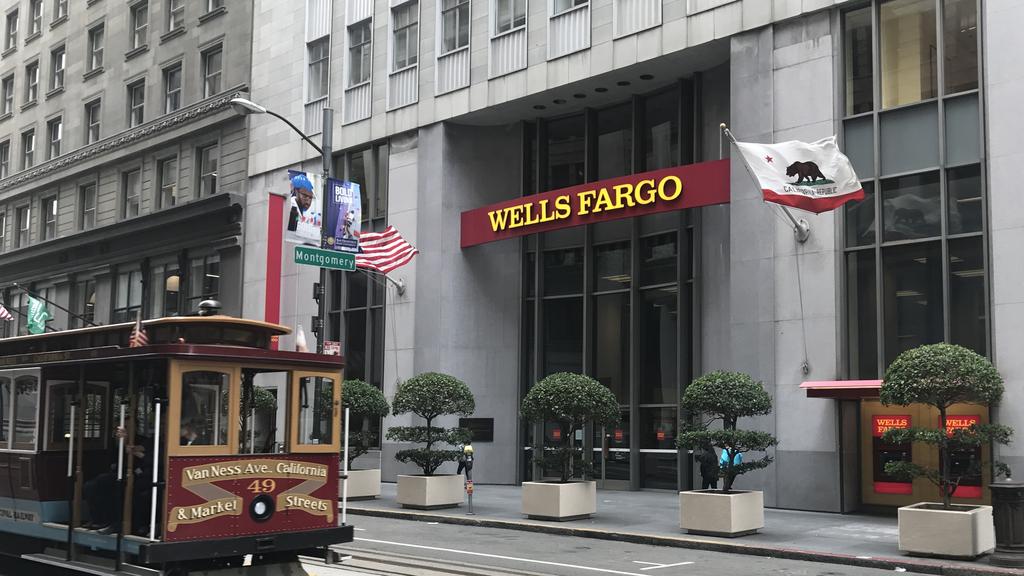
Wells Fargo is one of the oldest and largest banks in the United States. It was founded in 1852 and is headquartered in San Francisco, California. Wells Fargo has over 70 million customers and operates in 35 countries around the world.
Much like the other big banks, Wells Fargo was also bailed out due to the mortgage crisis. With millions of customers and worldwide operations, the company was too big to fail. In 2008, they received a bailout to prevent a network effect of economic damage.
Total Bailout: $25,000,000,000
6. Citigroup
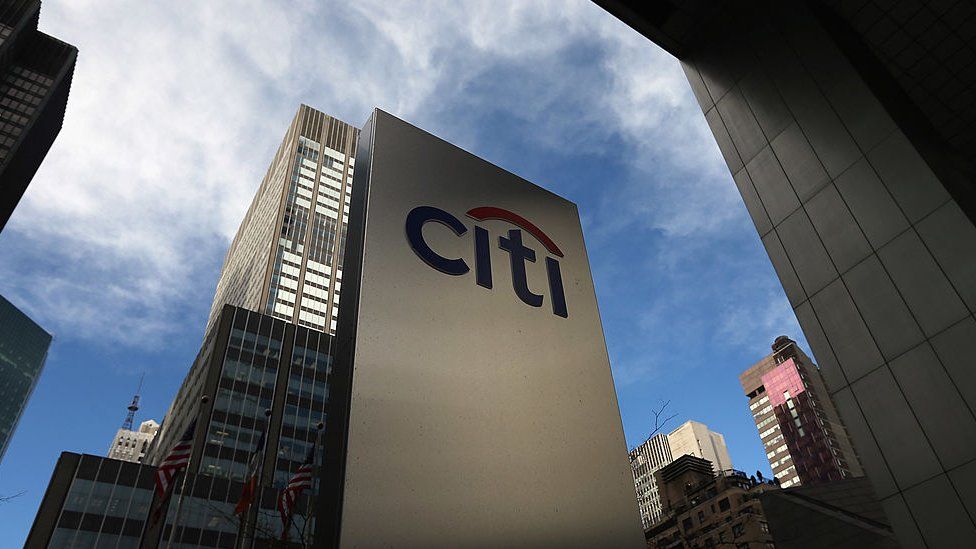
Citigroup is a diversified financial services company that provides a wide range of products and services to consumers, businesses, and governments.
One of the products that Citigroup provided back in the early 2000s was subprime mortgages. These were a big part of the problem that led to the financial crisis. Just like the other banks on this list, the company was bailed out in 2008. The government must have felt like this bank needed more funds because it was more diversified.
Total Bailout: $45,000,000,000
5. Bank of America

Bank of America is a large bank that offers many services, including savings accounts, checking accounts, and loans. Bank of America is the pride of North Carolina but was facing some serious pressure back during the subprime mortgage crisis.
To prevent the bank from failing, the government provided a bailout of $45 billion. This was one of the largest bailouts given to a single institution and it shows the importance of banks to the U.S. economy.
Total Bailout: $45,000,000,000
4. General Motors

General Motors is a company that is known for making cars. The company has been in business for over 100 years and has a long history of creating high-quality cars and trucks.
As the backbone of blue-collar America, it was a surprise to see General Motors go under during the financial crisis. The company had been struggling for years but the bailout provided in 2009 ultimately prevented the bankruptcy.
The government ended up owning approximately 60% in equity due to the massive bailout. Like Chrysler, letting a major auto company go bankrupt would have negatively affected the working class. By keeping manufacturing of a valued product on American soil, jobs were preserved, and the company was given a chance to restructure.
Total Bailout: $50,744,648,329
3. AIG

AIG is a company that is in the insurance business. The company was founded in 1919 and has since grown to be one of the largest insurers in the world.
It once again made history when it was provided with a major bailout and proved that not all political statements are true. The day before the company was saved, Henry Paulson (U.S. Treasury Secretary) promised that there would be no more bailouts for the crisis.
Just one day later on September 16, 2008, he was made into a liar when the insurance company received the third-largest bailout known to history.
Total Bailout: $67,835,000,000
2. Freddie Mac
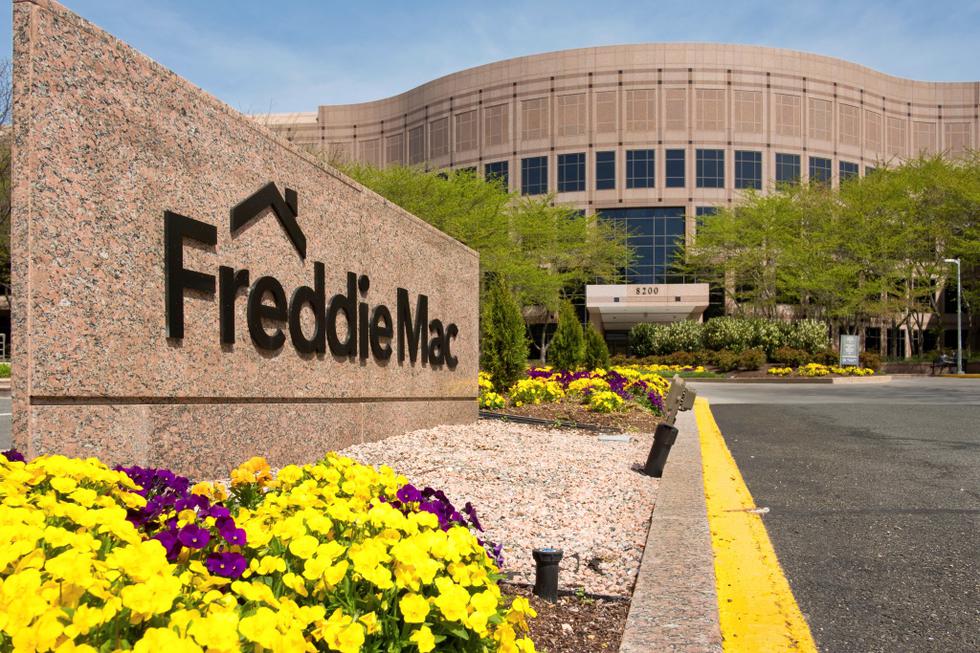
Freddie Mac is a government-sponsored enterprise (GSE) that plays a vital role in the housing market by providing liquidity and stability. It was created during the Great Depression to help ensure that mortgage lenders had access to capital.
During the subprime mortgage crisis, Freddie Mac came under intense scrutiny for its role in the housing market. This is because Freddie Mac was one of the largest buyers of subprime mortgages.
This means that when the housing market collapsed, Freddie Mac was left holding a lot of worthless mortgages. In 2008, Freddie Mac was taken over by the government to prevent it from further collapsing the economy.
Total Bailout: $71,648,000,000
1. Fannie Mae
/cdn.vox-cdn.com/uploads/chorus_image/image/62604220/shutterstock_31852775.0.jpg)
Fannie Mae is another government-sponsored corporation (GSE). This company offered mortgage financing and encouraged home ownership. It is believed that Fannie Mae played a significant role in the housing market crash, as it held risky subprime loans on its balance sheet.
The bailout of Fannie Mae was part of a larger effort by the federal government to stabilize the housing market and prevent a collapse of the economy. If the government didn't step in, Fannie Mae would likely have failed and taken the economy down with it.
Total Bailout: $119,836,000,000
Why do governments bail out banks?
There are several reasons why the government may choose to bail out a bank. One reason is to prevent the bank from failing and causing a financial crisis. When a bank fails, it can cause a ripple effect throughout the economy, leading to job losses and businesses shutting down.
The government may also bail out a bank to protect consumers from losing their deposits. This is because when a bank fails, the FDIC (Federal Deposit Insurance Corporation) steps in to insure deposits up to $250,000. However, this insurance does not cover all of the money that consumers have deposited in the bank.
Another reason why the government may choose to bail out a bank is to protect the bank's creditors. When a bank fails, its creditors are at risk of losing their investment. The government may also bail out a bank to keep lending rates low.
If a bank fails, it can cause a decrease in the supply of credit, which can lead to higher lending rates.
Finally, the government may bail out a bank to prevent a foreign entity from taking over the bank and gaining control of the financial system.
As you can see from the list, financial institutions were some of the biggest recipients of government bailouts during the financial crisis. The reason why banks are known for being "too big to fail" is because of the potential consequences that could arise from their failure.
While the government bailouts did help to stabilize the economy and prevent a complete collapse, they are not without their criticisms.
Why are government bailouts a problem?
Government bailouts are a problem because they can create moral hazards. A moral hazard is when people take on more risk than they would otherwise because they know that the government will bail them out if they get into trouble.
This can lead to reckless behavior by banks and other financial institutions, which can ultimately lead to another financial crisis.
Another problem with government bailouts is that they can be very costly. The government may have to spend billions of dollars to bail out a single bank. This money could fund other important government programs, such as education or infrastructure.
Finally, bailouts can create a sense of unfairness, as some people may feel that the government is helping out the rich while ignoring the needs of the poor.
Conclusion
Government bailouts of banks can be a controversial topic. There are several reasons why the government may choose to intervene in the market by bailing out a bank, but there are also many problems with government bailouts.
Ultimately, the decision to bail out a bank is a complex one that must weigh the costs and benefits of doing so. If bailouts continue, the poor and middle class will continue to subsidize the mistakes of the rich.
However, if the government chooses not to bail out a bank, it could cause a financial crisis. Bailouts can create moral hazards, they can be costly, and they can be seen as unfair. While there may be some benefits to bailing out a bank, such as preventing a financial crisis, these benefits should be evaluated with care and accuracy.

